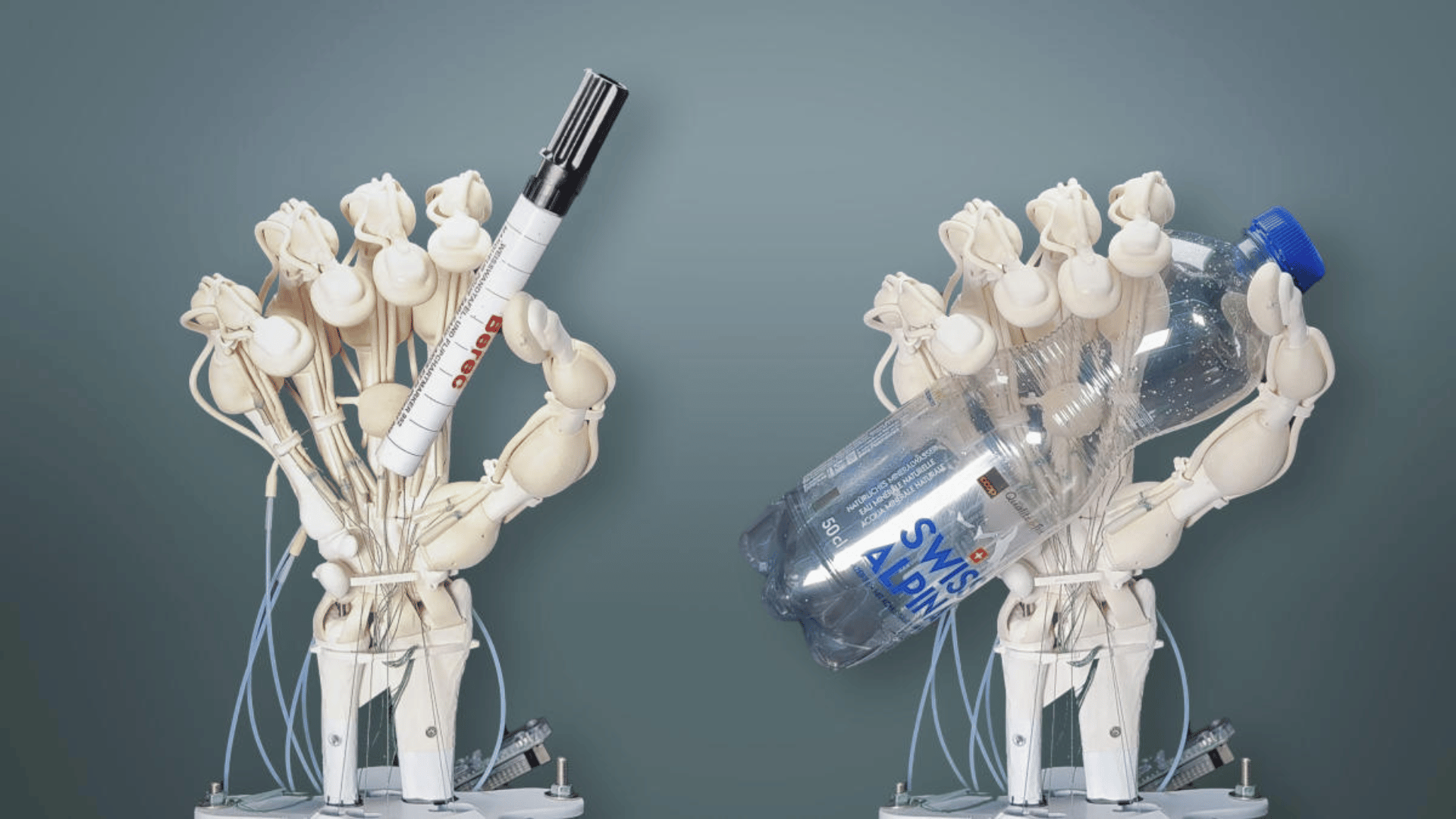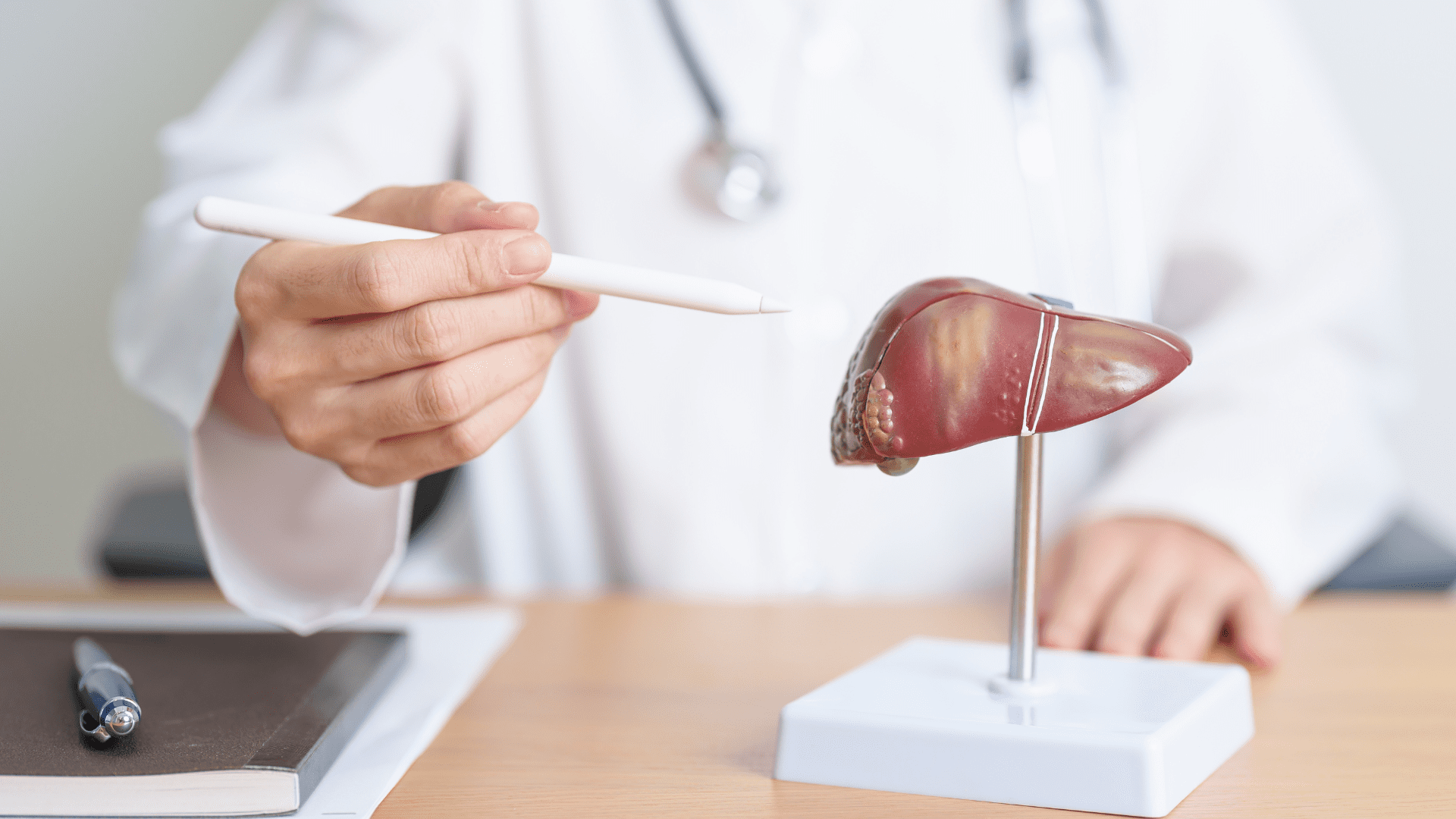Waiting for an organ transplant in the United States is a critical issue. Over 100,000 people are currently on the waiting list for an organ transplant.
Availability for an organ can’t keep up with the demand for transplants including hearts, livers, and kidneys. This leads to unfortunate consequences. For example, approximately 6,000 people lose their lives while waiting for a donor.
Researchers at Carnegie Mellon University in Pittsburgh hope to bridge that gap with a breakthrough tissue engineering technique.
3D Ice Printing
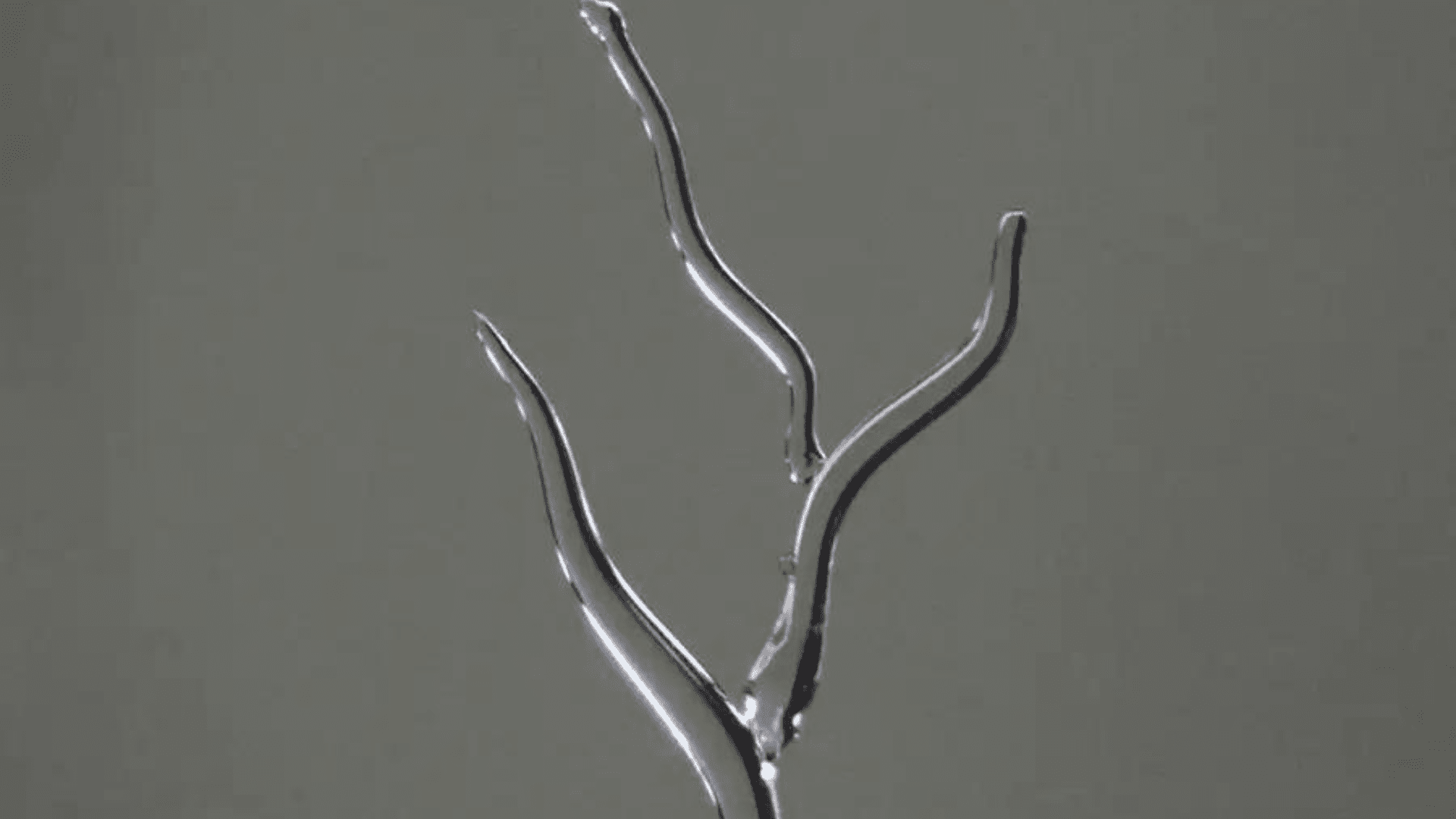
Creating artificial blood vessels is one major roadblock that stands in the way of tissue engineering. From delicate blood vessels to major arteries, researchers can’t seem to figure it out. Rightfully so because our bodies have complex blood vessel networks. A team of CMU researchers is working on a novel tissue engineering technique to replicate the intricate blood vessel systems using 3D ice printing.
At this year’s Biophysical Society Annual Meeting, the researchers led by CMU graduate student Feimo Yang, under Philip LeDuc’s and Burak Ozdoganlar’s guidance, presented their novel solution that promises to address tissue printing difficulties. Generally, ice printing involves adding water to an extremely cold surface but Yang and his team do it differently.
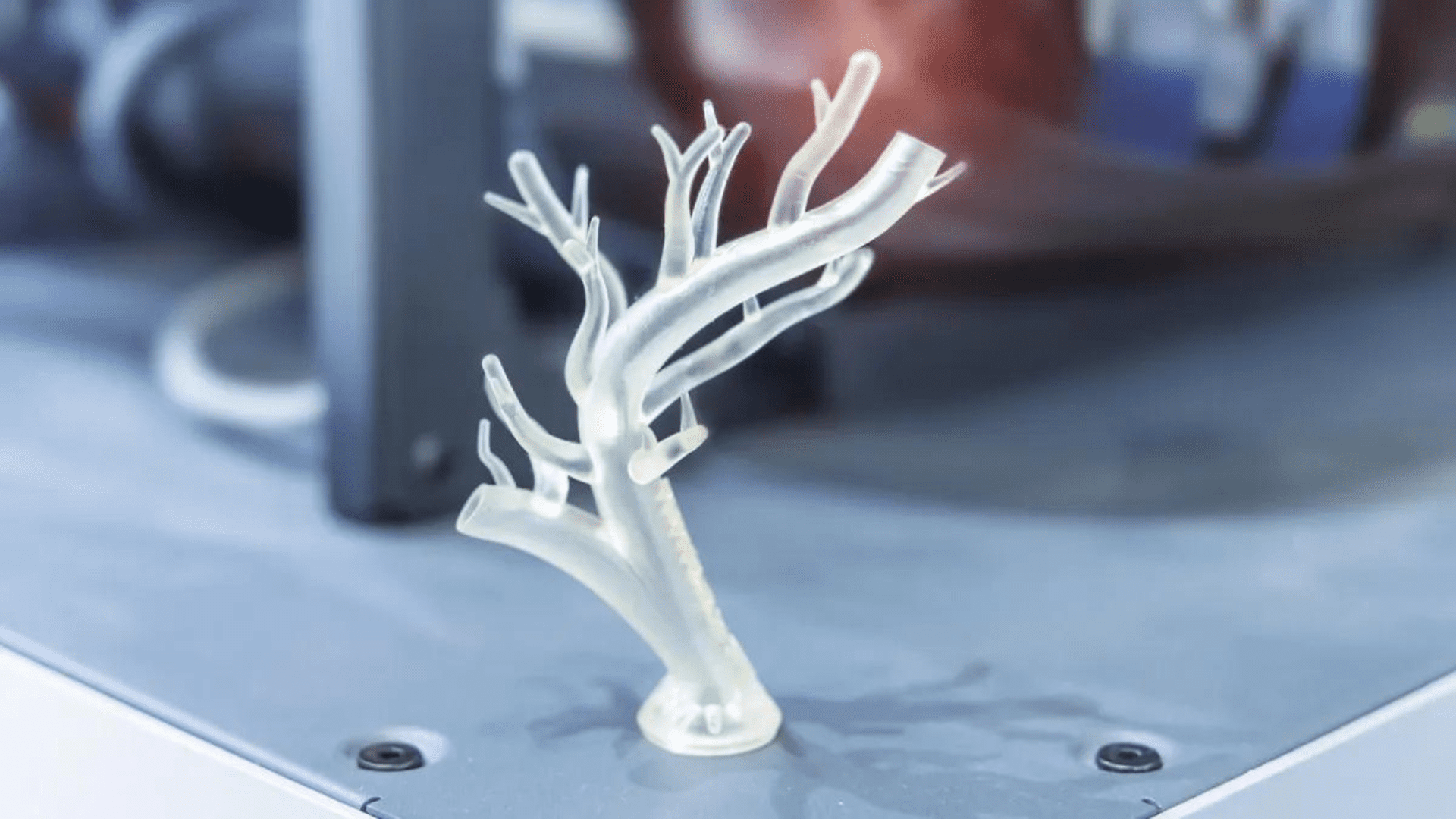
Explore Tomorrow's World from your inbox
Get the latest science, technology, and sustainability content delivered to your inbox.
I understand that by providing my email address, I agree to receive emails from Tomorrow's World Today. I understand that I may opt out of receiving such communications at any time.
Yang said, “What makes our method different from other kinds of 3D printing is that instead of letting the water completely freeze while we’re printing, we let it maintain a liquid phase on top.” He continued, “This continuous process, which is what we call freeform, helps us to get a very smooth structure. We don’t have a layering effect typical with many 3D printing,”
Another difference is the water they use. Yang explains that the water they use is heavier because they replace hydrogen atoms with deuterium. This allows for a higher freezing point and gives them a smooth surface. Those 3D ice templates are then embedded in a gelatin material. Using UV light, the gelatin hardens and the ice melts, leaving channels of realistic blood vessels.
Organ Transplants and Beyond
This breakthrough extends beyond just organ transplants. During their research, the team discovered that cells found in natural blood vessels can be introduced in artificial ones. Researchers introduced the cells in the gelatinous, fabricated vessels and the cells survived for up to two weeks. In the future, they plan to experiment with longer durations.
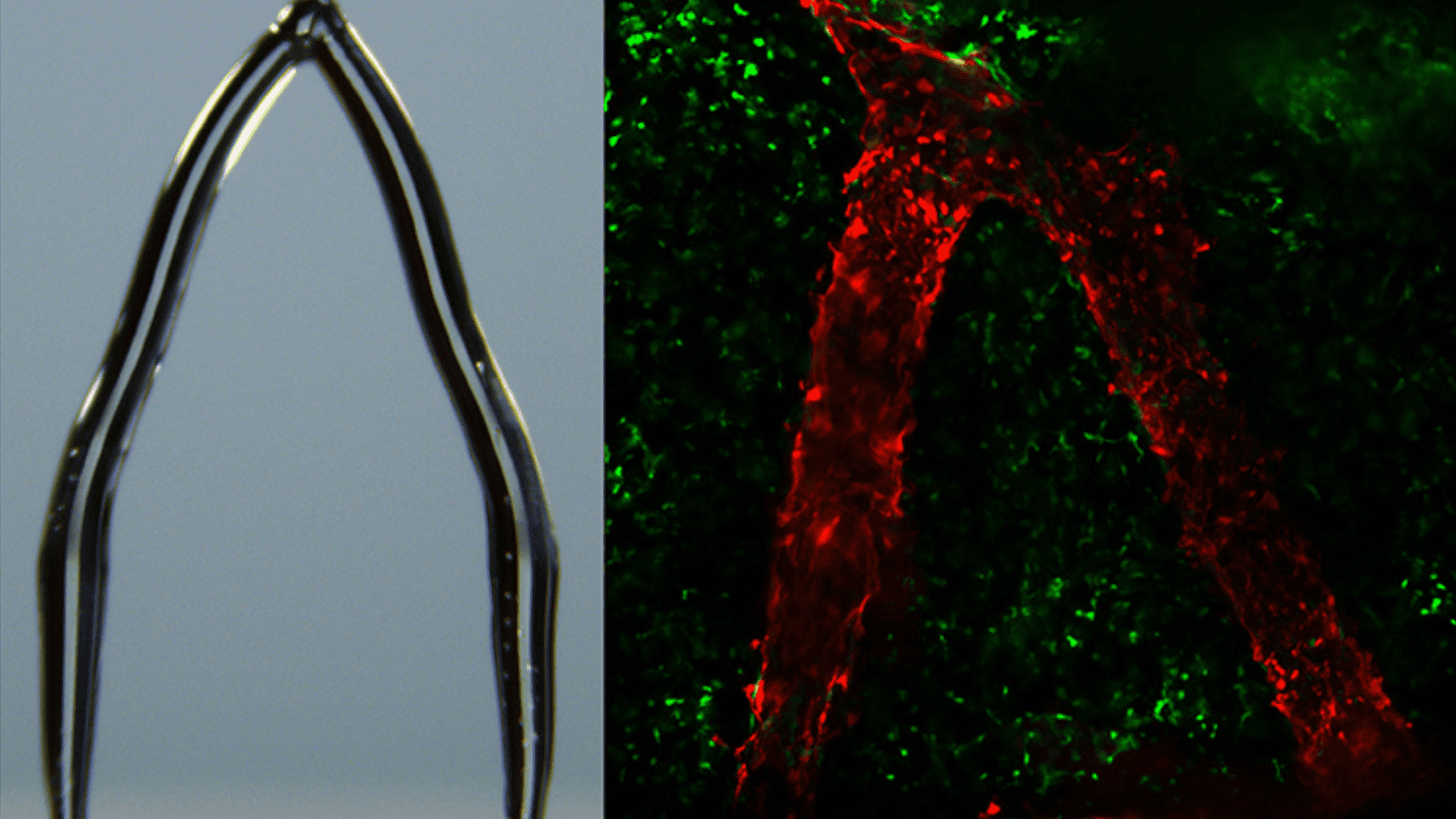
Organ transplants will benefit significantly from the team’s discovery but it does go further than that. Yang explains that artificial blood vessels can potentially be used to test drug effects in patients. He explains that they could coat the gelatinous, artificial vessels with a person’s cells. This allows them to see how a patient’s cells react to certain drug treatments before giving a patient the drugs.
This innovative discovery puts the team one step closer to developing complex replications of blood vessel networks for tissue engineering.



